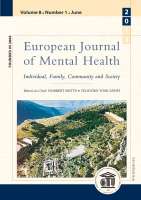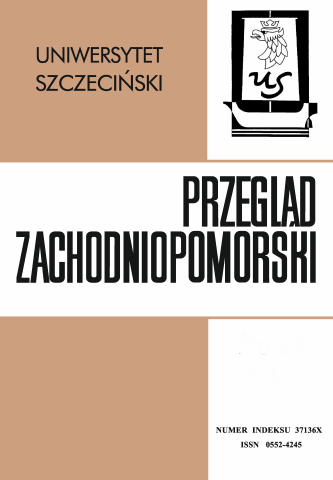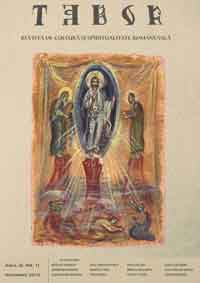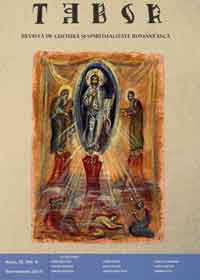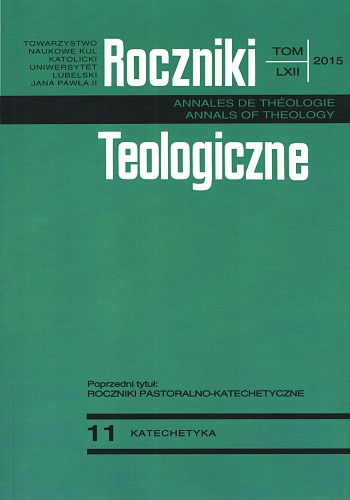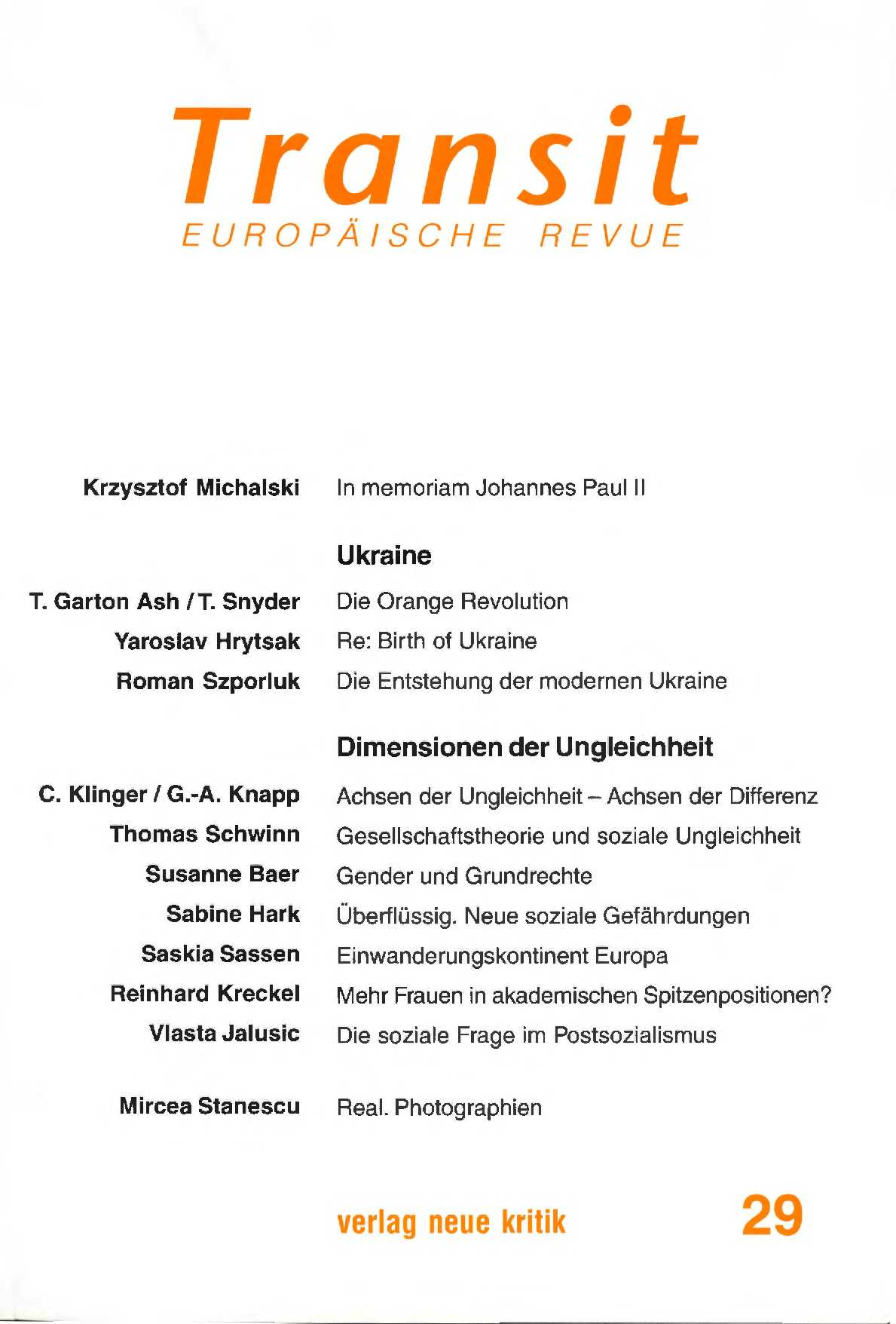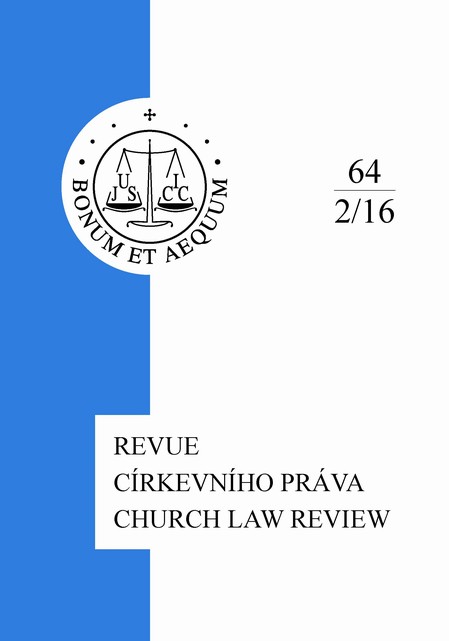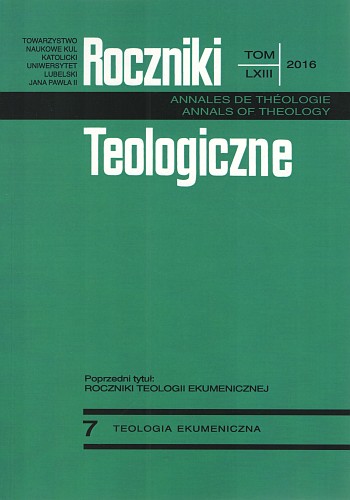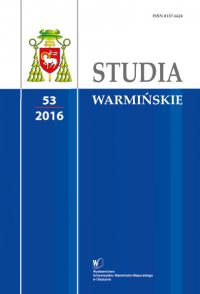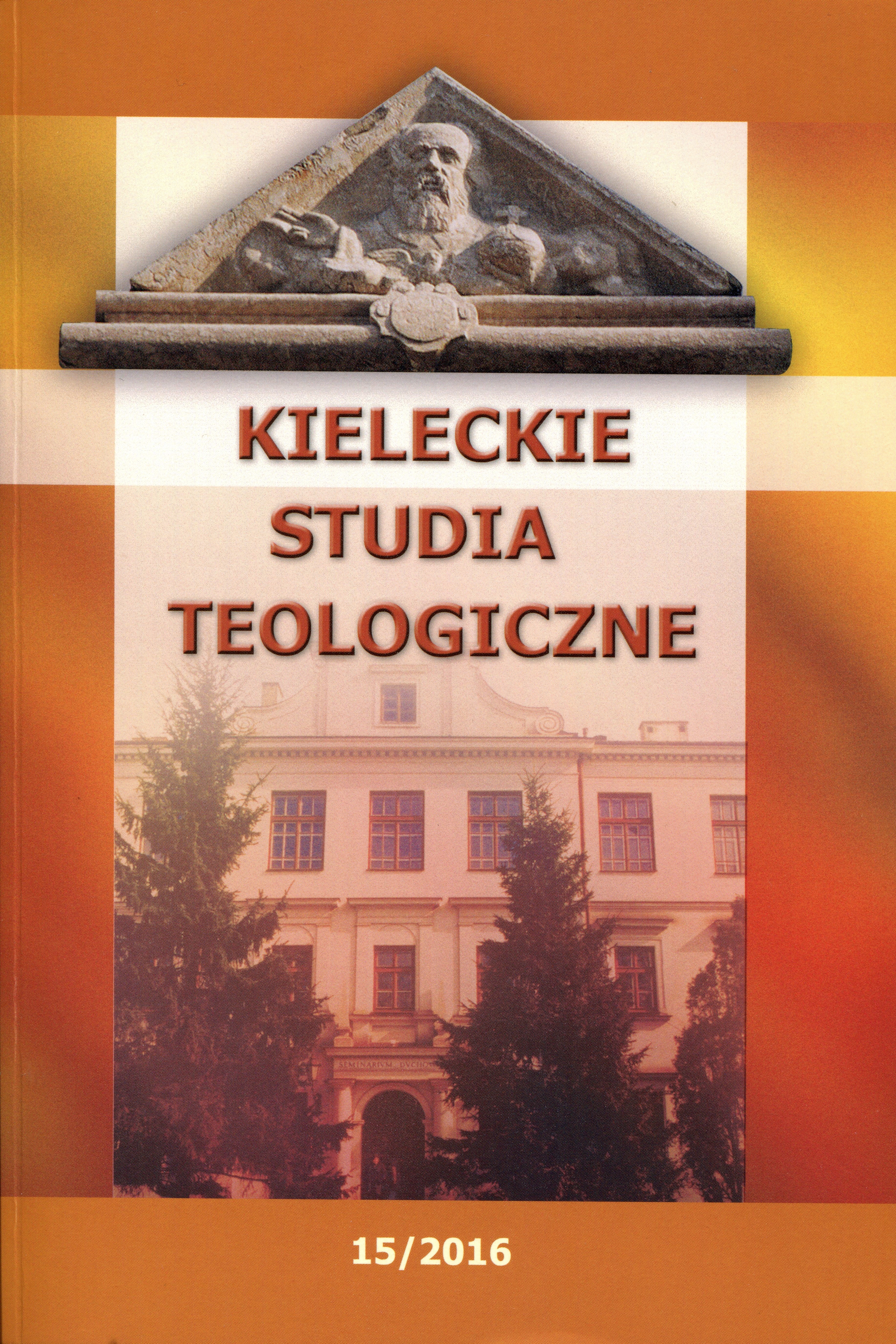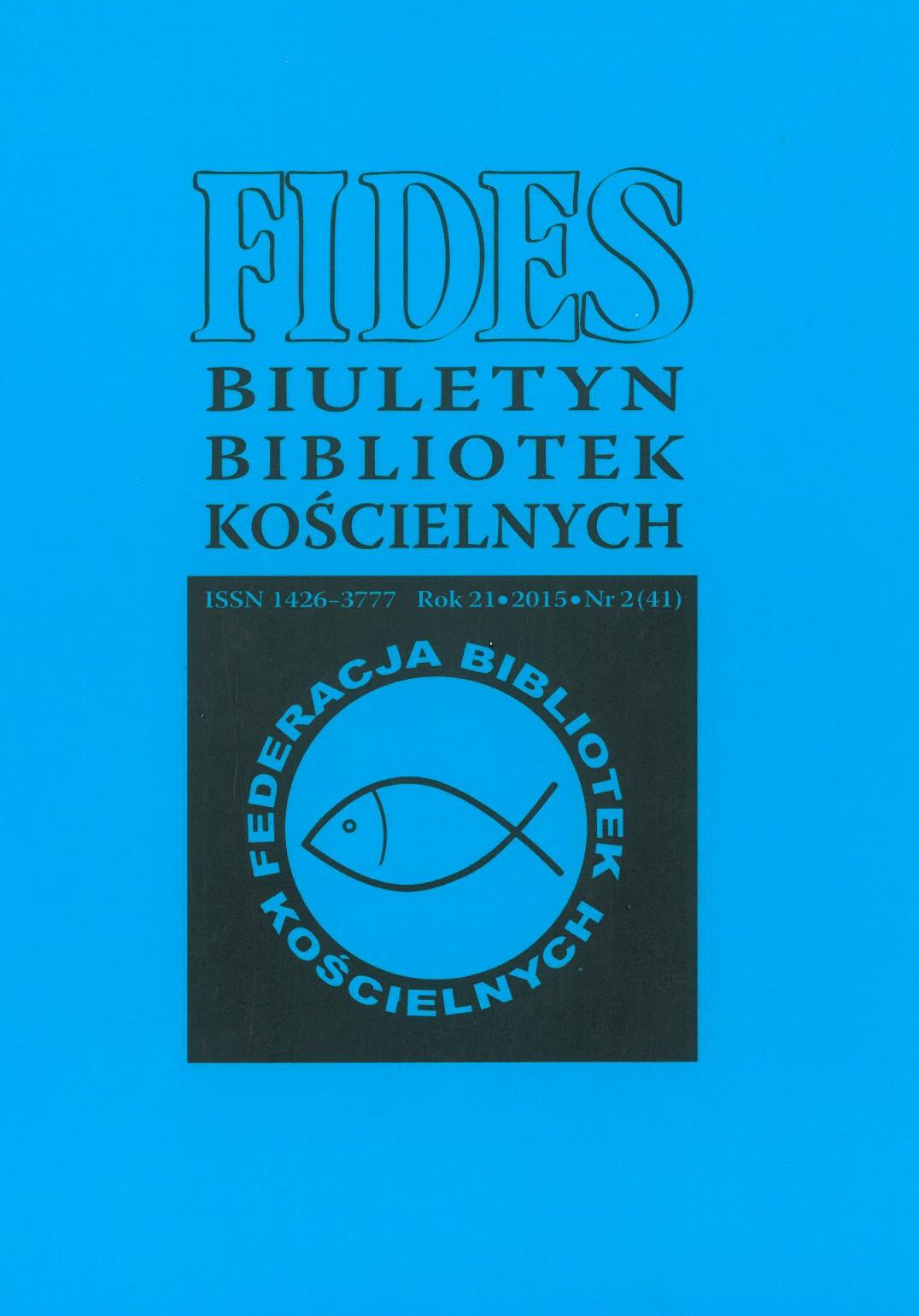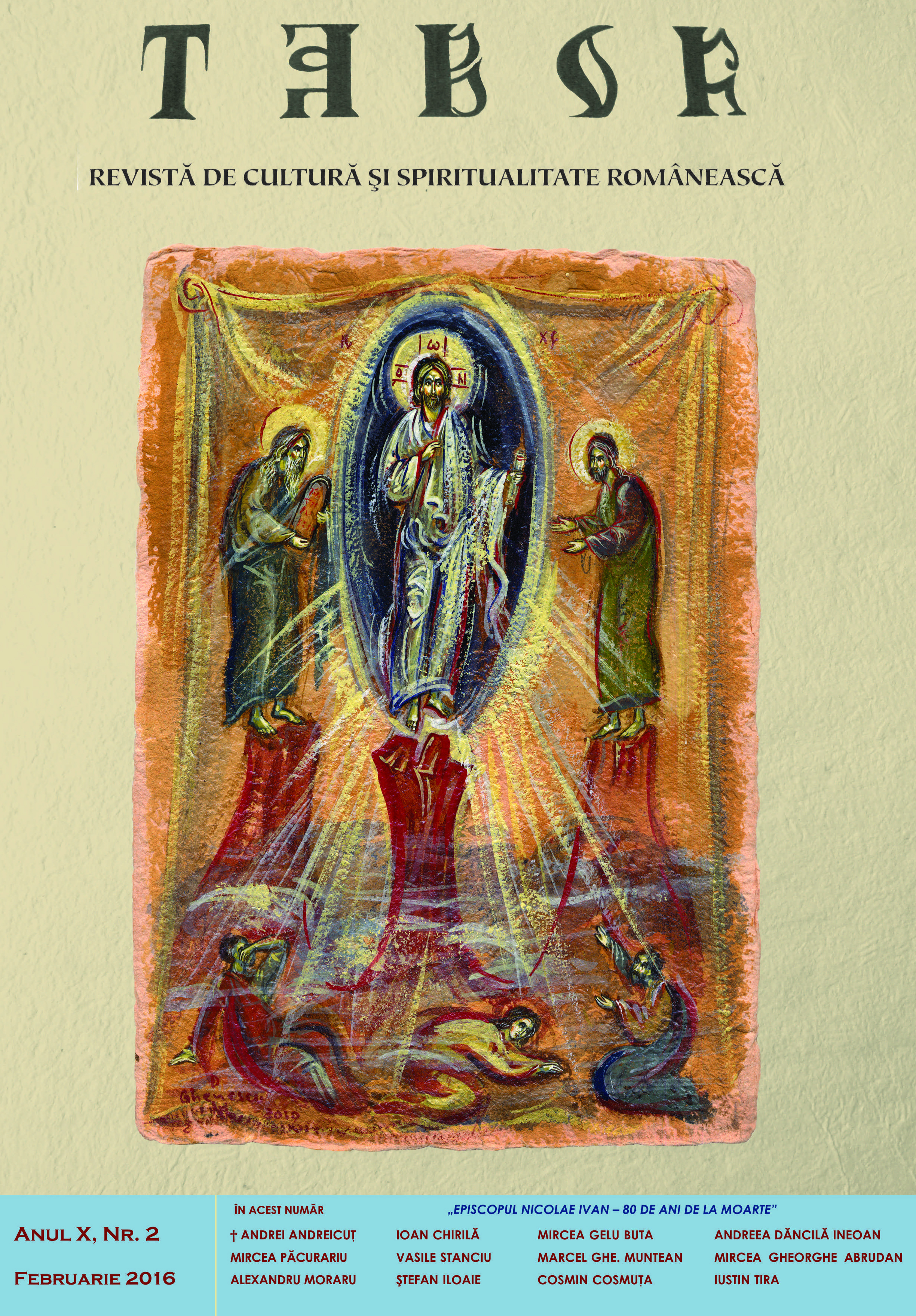ПАНТЕОН БОЖЕСТВ САХА В КОНТЕКСТЕ ПЕРВОСТИХИЙ ВОЗДУХА И ЗЕМЛИ, ОГНЯ И ВОДЫ
This article attempts to examine the Pantheon of the ancestors of Saha in the context of the primal elements and the dual concepts of worship of heaven. The original Pantheon is divided into three groups – Aiyy, Toyon, Hahn, which perform different functions. Of these groups, there are two groups of Deities associated with the Moon and the sun cults (Aiyy and Toyon), which embody the pervostihii of water and fire, as well as relate to the concepts of 'algys' (good wishes, Communion) and 'arčy' (purification). The third is a compound (mix) of the qualities of the first and second groups, and is defined as the "giver of Fate", which can be perceived as indicators of levels of social status. On the author's hypothesis of the Indo-Iranians phonetic and semantic parallel names and functions of some Deities, Aiyy points to genetic link in the formation of the pantheons of ancestors of Saha and the ancient Aryans.
More...
